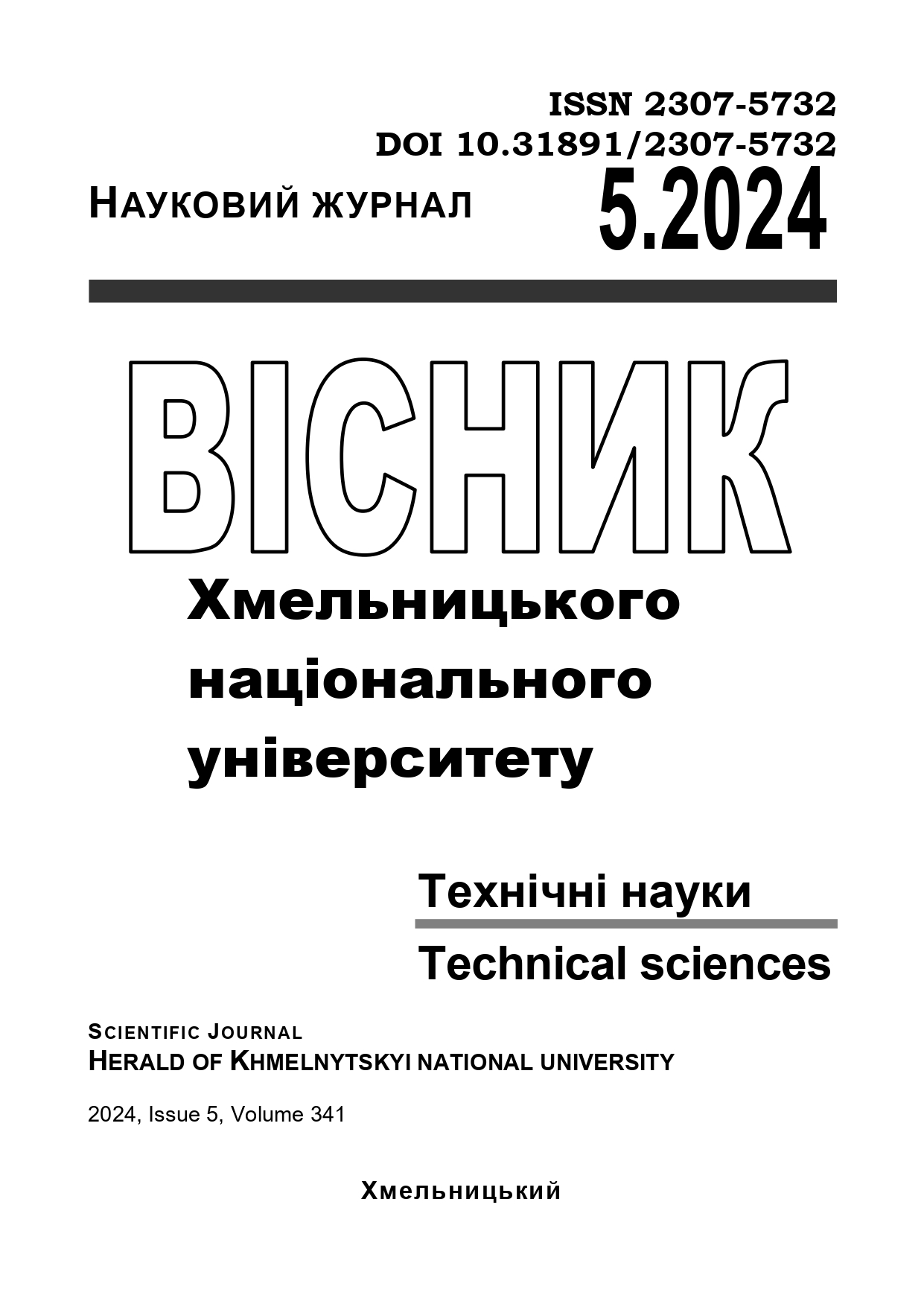ERROR CORRECTION DATA ENCRYPTION ALGORITHM
DOI:
https://doi.org/10.31891/2307-5732-2024-341-5-26Keywords:
asymmetric cryptosystems, error correction codes, finite Galois fields, data transmission reliabilityAbstract
The vulnerability of data during transmission and storage necessitates the creation of effective comprehensive solutions for information protection. Research on combining cryptographic methods with error-correcting codes is relevant for developing reliable, secure, and efficient information protection systems. One of the most widely used methods for protecting data from unauthorized access is the RSA algorithm. Its high resilience is based on the difficulty of factoring large numbers, making it a reliable choice for safeguarding confidential information in various fields. Error-correcting methods play a crucial role in protecting data from corruption during transmission. They help prevent loss or modification of information by providing an additional layer of protection. One effective error-correcting method is Hamming codes, due to their simplicity of implementation and error-correcting properties. The proposed algorithm combines RSA cryptographic protection with error detection and correction capabilities using Hamming codes in finite fields GF(p), creating a robust and secure data protection system for transmission. The use of asymmetric cryptographic systems ensures data authenticity, while error-correcting codes maintain data integrity and accuracy by correcting errors that may occur due to noise or other issues in communication channels. This approach allows for a multi-layered strategy to data protection and enhances the efficiency of data transmission. Research on the proposed algorithm for messages of various lengths has demonstrated its effectiveness in handling large volumes of data. The benefits gained from integrating RSA encryption and error-correcting codes in finite fields GF(p) outweigh the minor increase in computational complexity, especially when it contributes to improving the reliability and cryptographic strength of the system.

